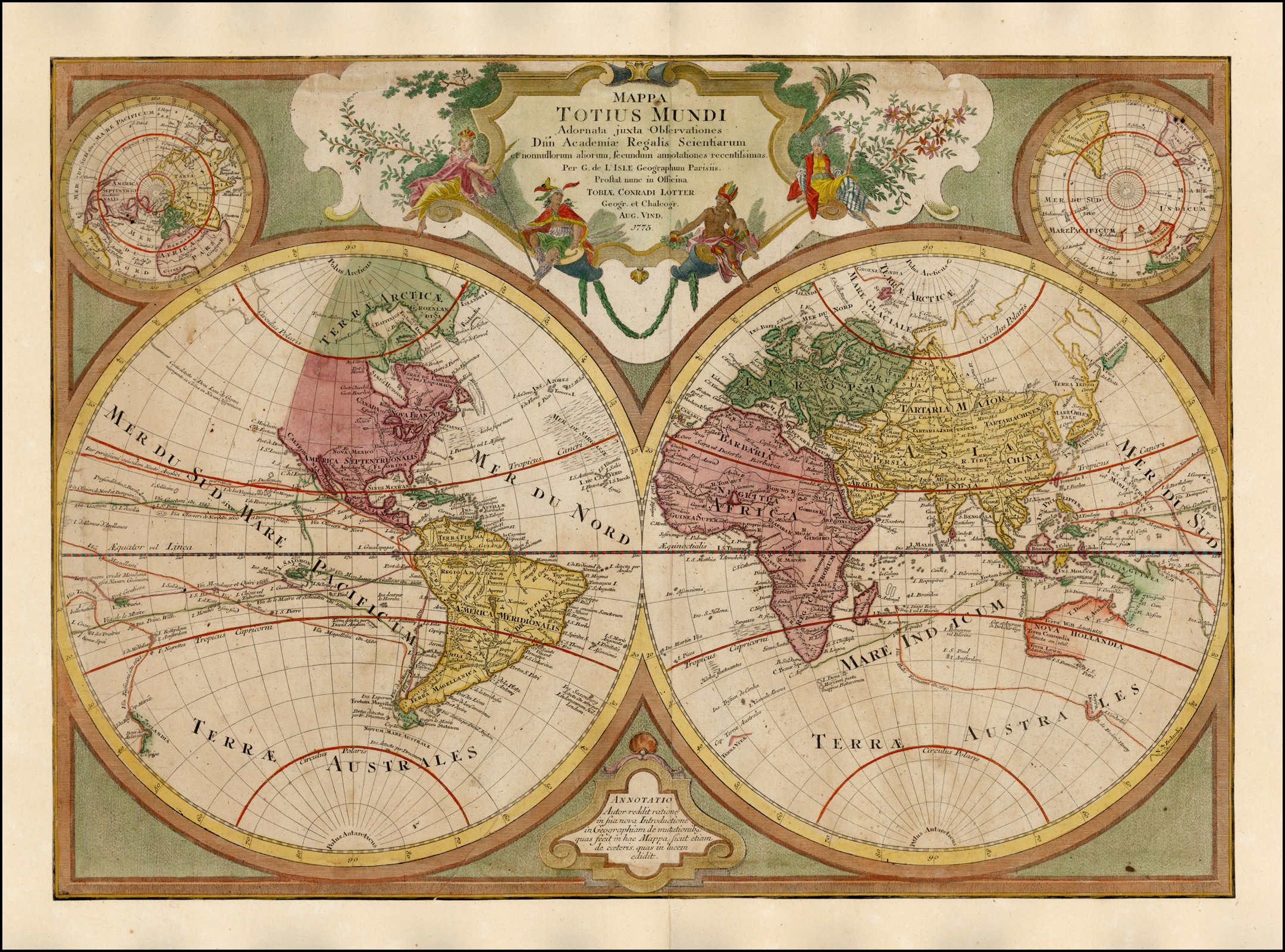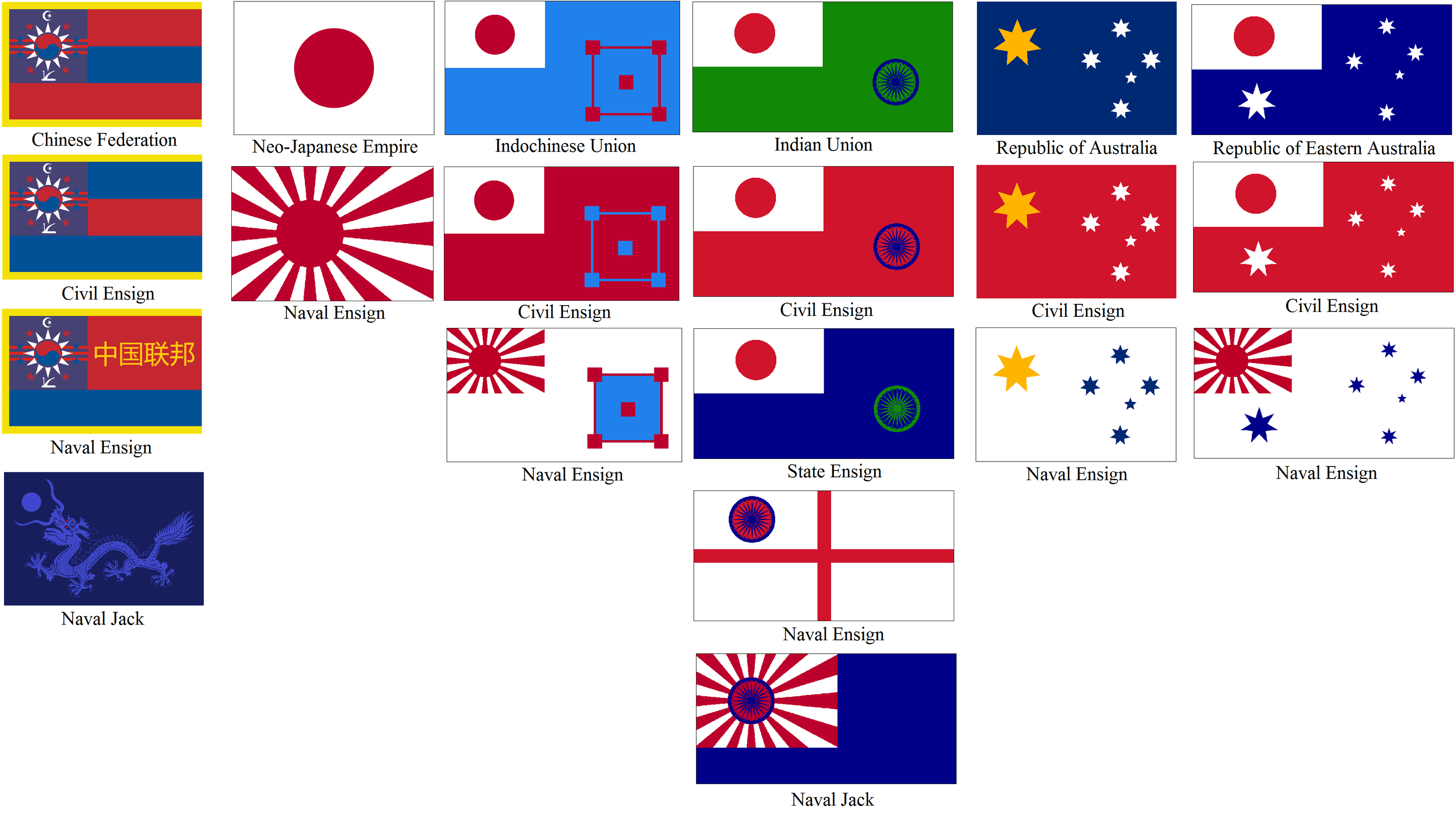

and agriculture has been in evidence since 3,900 B.C.E. People have inhabited Denmark since about 12,500 B.C.E. The earliest archaeological findings in Denmark date back to 130,000 – 110,000 B.C.E. Note the glacial character of the terrain and the burial mound of an early chief in the center. There are two Crown territories of Denmark, both well to the west of the mainland and each allowed political home rule: Greenland, the world's largest island, and the Faeroe Islands, located approximately midway between Norway and Iceland. Because of the proximity to the water, no one in Denmark lives more than 52 km from the sea. The seas that nearly surround the country are a great moderating influence. The climate is generally temperate, with mild winters and cool summers. There is little elevation to the Danish landscape at all the highest point is a nondescript hill in the middle of Jutland, at 171 meters. Surface connection to the smaller islands, including Bornholm, is by ferry.ĭenmark is one of the world's flattest countries. A plan for a bridge exists to connect the southern island of Lolland, south of Zealand, to Germany. The smaller distance between Jutland and Funen was bridged in two places in the 1930s and 1970s. The construction on both was finished in the late 1990s. Another spans the gap between Zealand and Funen, carrying rail as well as highway traffic. One, actually a bridge/tunnel system, connects Copenhagen with Sweden's third-largest city, Malmö, at The Sound's widest expanse. Many of the larger islands are connected by long bridges. (During the years of Soviet expansion, Poles would occasionally manage to escape the Communist rule of their homeland by fleeing at night by boat to Bornholm.) The island of Bornholm is offset somewhat to the east of the rest of the country, in the Baltic Sea between southern Sweden and northwestern Poland. Of these, 323 are inhabited, with the two largest being, in order, Zealand and Funen. This area, known as Schleswig-Holstein, was lost in an armed clash with Prussia.Īlong with the Jutland peninsula, Denmark consists of 405 named islands. Until 1848, Denmark's southern border lay approximately 40 km farther south than it does today. Its population, at nearly 5.5 million, is about the size of Wisconsin's. Map showing location of Zealand within Denmark.ĭenmark's area, slightly above 43,000 km², is about the same as Massachusetts and Connecticut combined. Since then it has been one of the more liberal European states and during the German occupation ensured that its Jewish community was saved. At the same time the Vikings created an advanced trade system reaching through the Russian rivers as far as Constantinople.

Historically it is best known for being the home of the Vikings who invaded and settled in many parts of Europe and Russia. It is a member of NATO and the European Union although it retains its own currency and has various other exceptions from EU treaties. Sweden is visible from Copenhagen on a clear day.ĭenmark is a liberal democracy and constitutional monarchy. Germany is Denmark's only land neighbor, but Norway lies about 140 km to the north across a branch of the North Sea called the Skagerrak and Sweden lies both to the east, across a narrow strait off Zealand called The Sound, and northeast, across a 70 km-wide body of water named the Kattegat. Zealand, which is well to the east of Jutland, has the largest and densest concentration of the Danish population, centering on the national capital, Copenhagen. The remainder of the territory consists of many islands, including a few relatively large ones, such as Zealand, Funen, and Bornholm. Although it does not lie on the Scandinavian Peninsula, culturally and linguistically it is very strongly connected to Norway and Sweden.ĭenmark borders the Baltic Sea on the southeast and the North Sea on the west, and a majority of its land mass lies on a peninsula named Jutland that protrudes northward from northern Germany between the two seas. It is located in Scandinavia, a region of northern Europe. The Kingdom of Denmark is geographically the smallest and southernmost Nordic country. eu is shared with other European Union countries. Unitary parliamentary representative democracyġDenmark has no civil national motto, however the motto "Guds hjælp, Folkets kærlighed, Danmarks styrke" was adopted by Queen Margrethe II as her personal, royal motto.ĢGerman is recognised as a protected minority language in the South Jutland (Sønderjylland) area of Denmark.ģ The TLD. – on the European continent ( camel white)


 0 kommentar(er)
0 kommentar(er)
